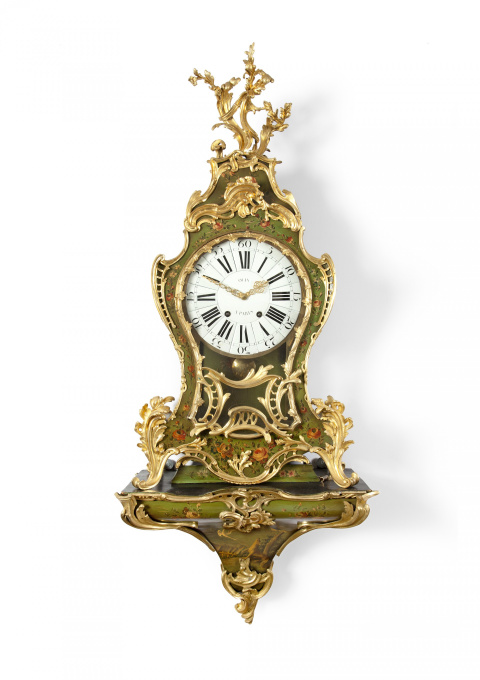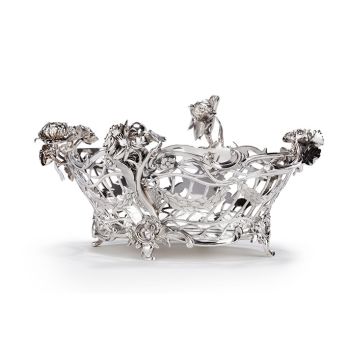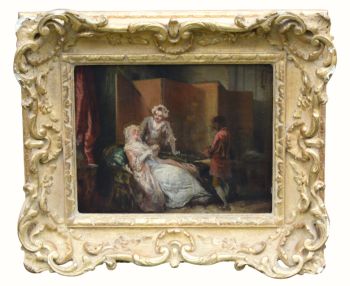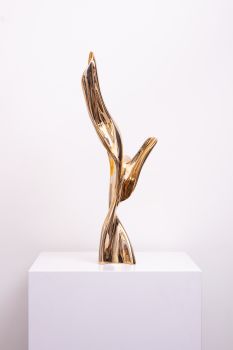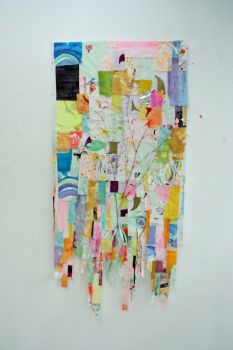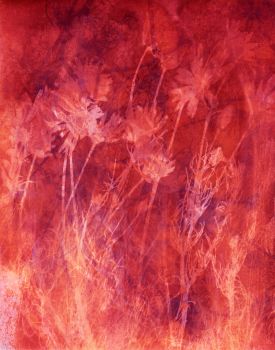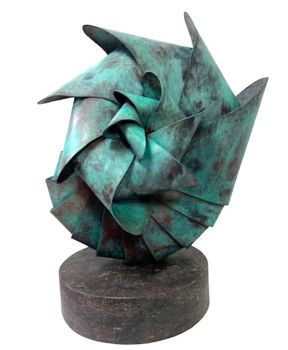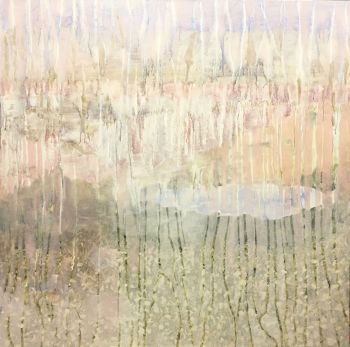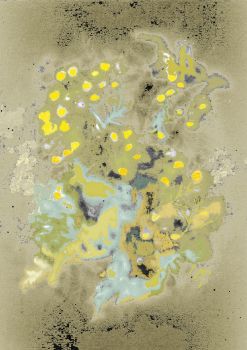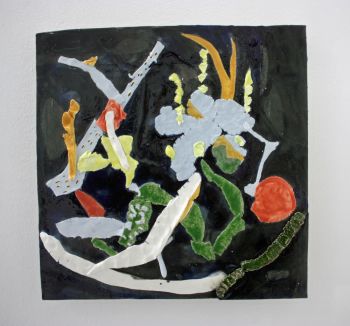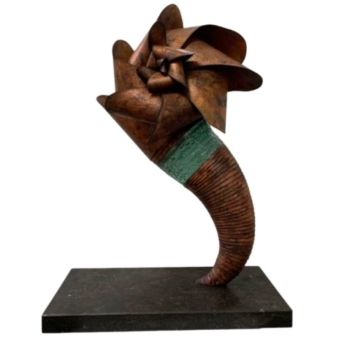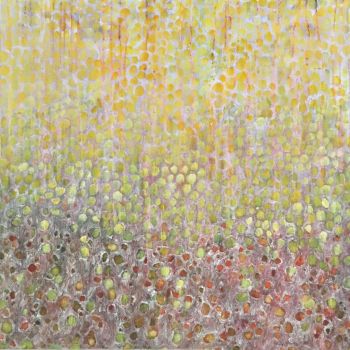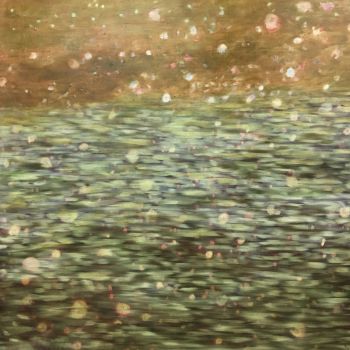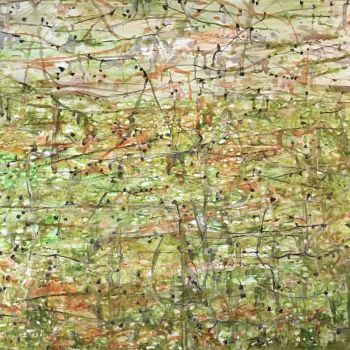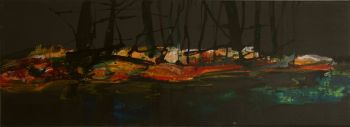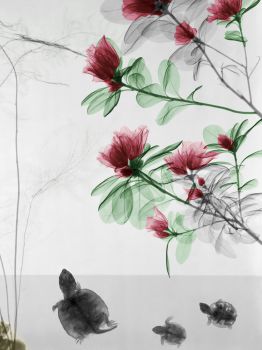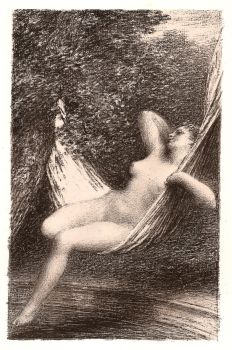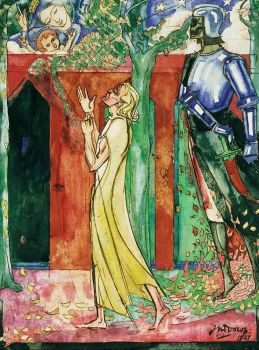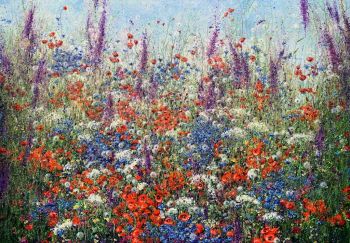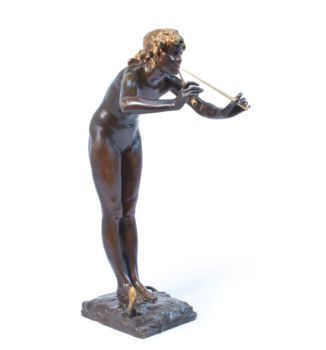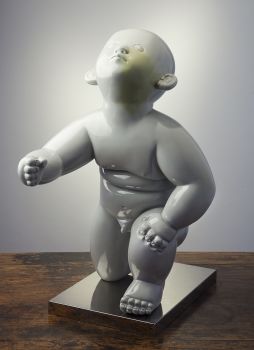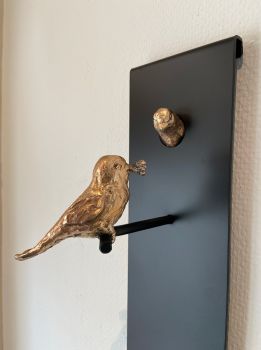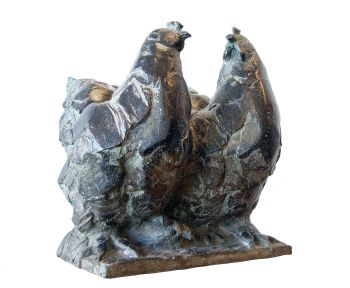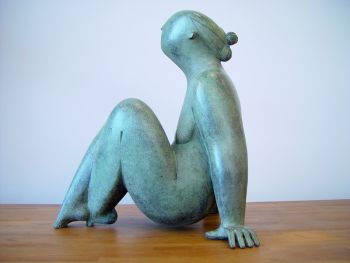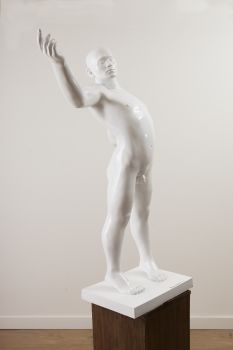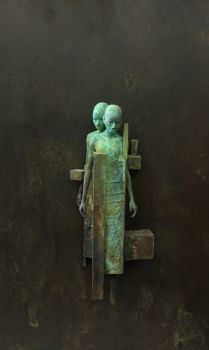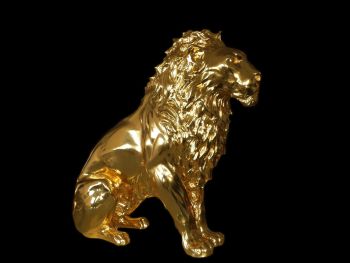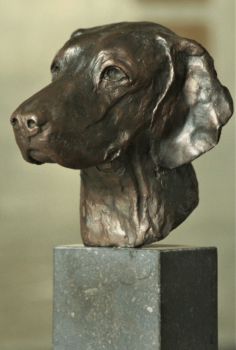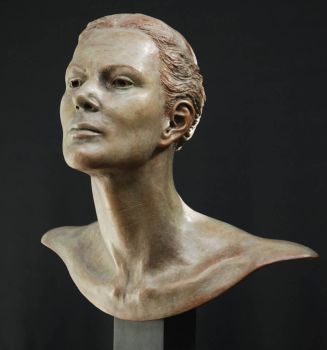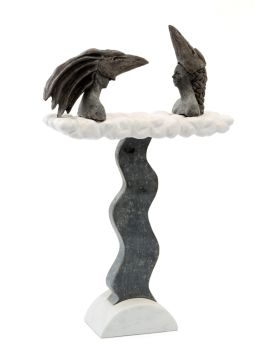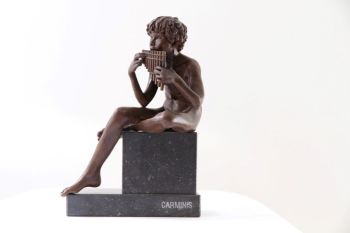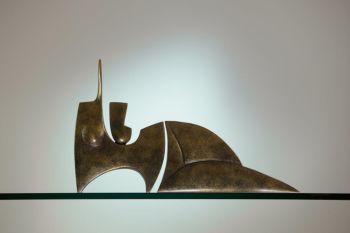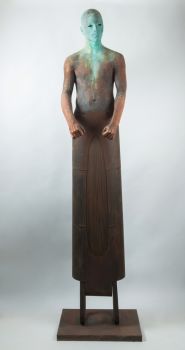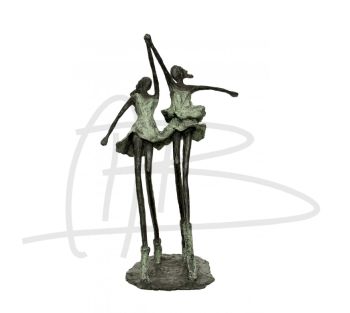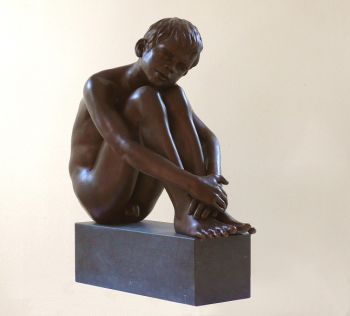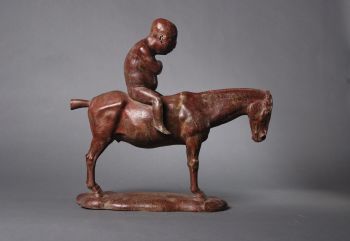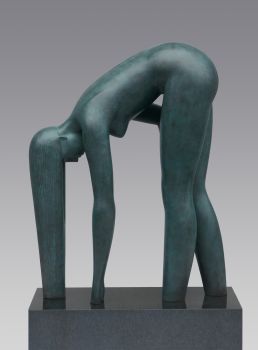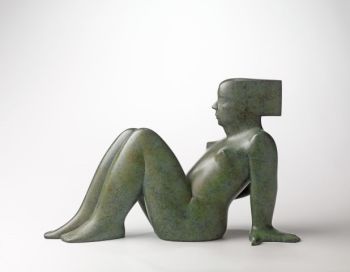A Louis Quinze Console Clock 'Grand Cartel' late 18th
Jean-Charles Olin
BronzeOrMétalÉmailDoré
150 ⨯ 61 ⨯ 30 cm
Actuellement indisponible via Gallerease
- Sur l'oeuvre d'artA LOUIS XV CONSOLE CLOCK ‘GRAND CARTEL’
signed on the dial ‘olin à paris’ | 3rd quarter 18th century | 150 x 61 x 30 cm
A Louis XV ormolu mounted vernis Martin console clock, ‘grand cartel’, signed on the white dial ‘olin à paris’. White enamel chapters surround the centre pierced ormolu hands. The case is decorated overall Vernis Martin with flowers and on the console is depicted a scene taken from ‘Fables de La Fontaine’, ‘Le coq et le renard’.
In French interior design, vernis Martin is a type of imitation lacquer named after the French brothers Guillaume and Etienne-Simon Martin. It imitated Chinese lacquer and European subjects and was applied to a wide variety of items, from furniture to coaches. It is said to have been made by heating oil and copal and then adding Venetian turpentine.
Jean-Charles Olin’s (d. after 1789) name is associated with a number of examples. Notably a Louis XV gilt bronze mounted Meissen porcelain pendule ‘à l’éléphant’ in the Rijksmuseum, Amsterdam and another clock housed at Schloss La Fasanerie, Fulda. Olin first worked as an ouvrier libre but was received as a maître-horloger in October 1776. He served as deputé of his guild later in 1777. Olin used some of the best Parisian case makers. They included the ébéniste Antoine Foullet, the ébéniste doreur Jean Goyer and the esteemed bronzier Jean-Joseph de Saint-Germain.
Jean de La Fontaine was a French poet and fabulist, who lived and worked during the 17th century. For special contributions to French literature he was elected to the French Academy of Sciences in 1684. Published in 1668, the collection of fables brought La Fontaine international fame. The works of the ancient Greeks, Indian storytellers, other fabulists and folk tales about animals serve as a source of inspiration for the author. Drawing motives from these works, La Fontaine brought new life to the fable genre. - Sur l'artisteJean-Charles Olin (décédé après 1789) était l'un des plus importants horlogers parisiens de la fin du XVIIIe siècle. Beau-frère de l'horloger Jean-Gabriel Imbert, il travaille d'abord de manière indépendante, puis devient maître en 1776 et ouvre son propre atelier dans l'enceinte des Quinze-Vingts. Avec une réputation grandissante, il fut élu en 1777 député de sa corporation. Comme les meilleurs horlogers de son temps, il s'est tourné vers les meilleurs bronziers pour ses boîtiers d'horloges, dont Antoine Foullet, Robert Osmond et Jean-Joseph de Saint-Germain. Ses horloges ont été acquises par certains des plus grands collectionneurs du XVIIIe siècle. Les horloges d’Olin sont mentionnées dans les inventaires d’homologation de l’avocat Jacques-Augustin Auvray, de Marie-Philippe Donneau, du marquis de Visé et de la veuve du secrétaire du roi Louis Paris de Treffonds.
Artwork details
Catégorie
Sujet
Style
Matériel & technique
Couleur
Related artworks
Artiste Inconnu
A Surinam-themed Amsterdam long-case clock1746 - 1756
Prix sur demandeZebregs & Röell - Fine Art - Antiques
 Sélectionné par
Sélectionné parGallerease Magazine
1 - 4 / 17Artiste Inconnu
UNE COLLECTION DE QUATRE BOÎTES À BIBLE EN IVOIRE SRI LANKAN18th century
Prix sur demandeZebregs & Röell - Fine Art - Antiques
Artiste Inconnu
A rare Japanese export lacquer medical instrument box1650 - 1700
Prix sur demandeZebregs & Röell - Fine Art - Antiques
1 - 4 / 24- 1 - 4 / 24
- 1 - 4 / 24

